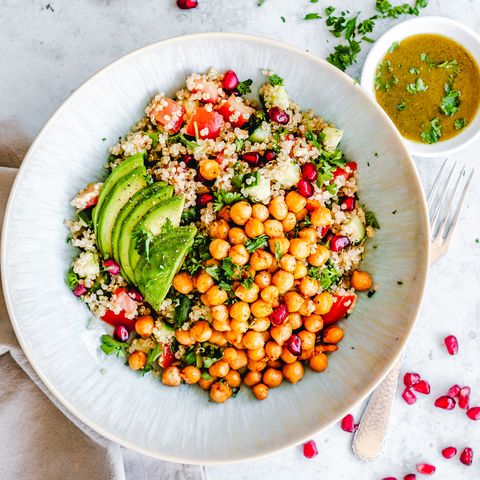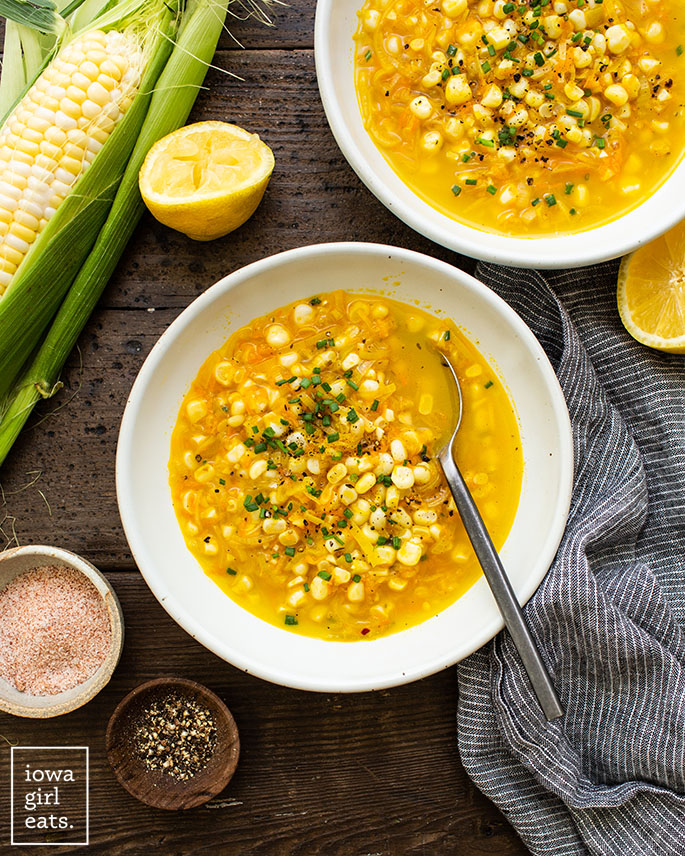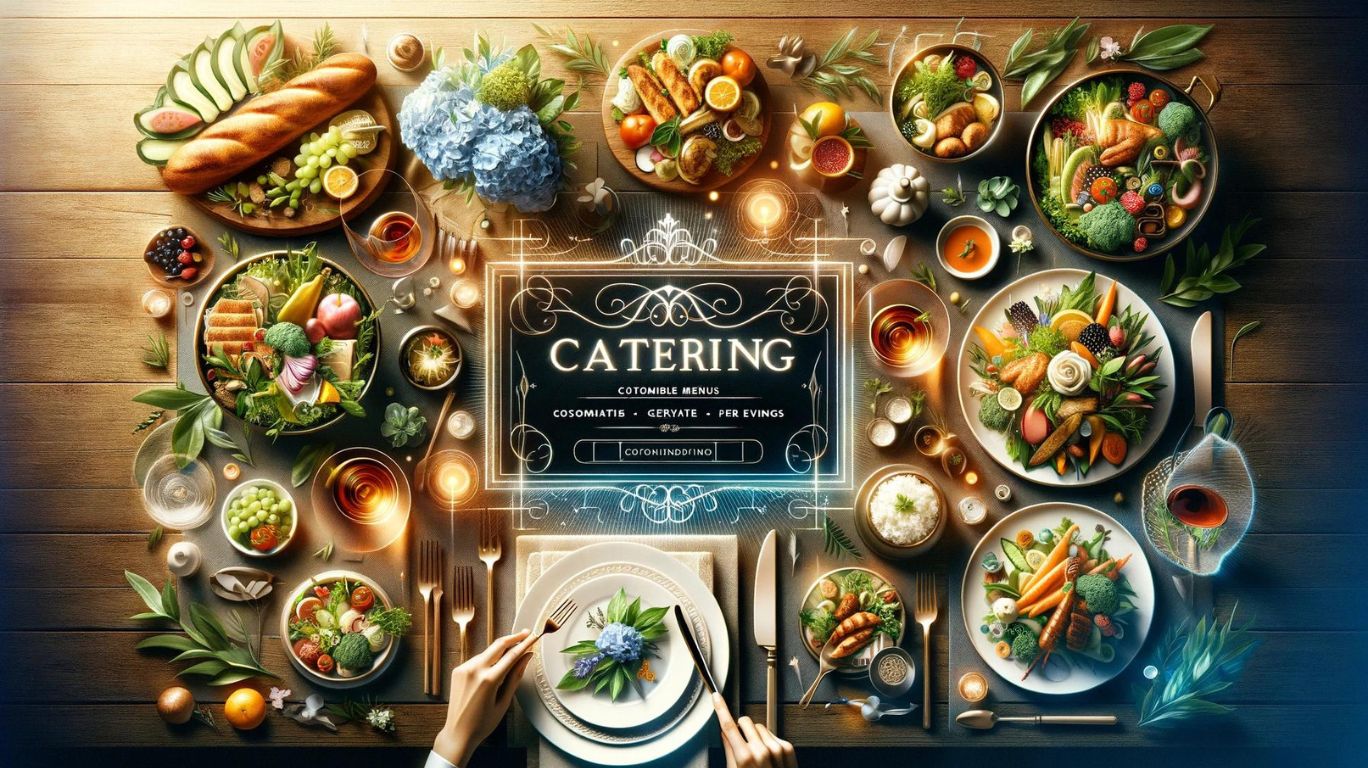13 Best Plant-Based Proteins for 2021
There are so many reasons to switch to a plant-based diet this year—it’s better for your health and for the planet, and there are tons of great-tasting plant-based products available in supermarkets across the country (we love chef Matthew Kenney’s Plantmade frozen meals). But you might be thinking, Without a chicken breast or hunk of steak in the middle of my plate, how will I get enough protein?
“This is the number one question I get about going more plant-based,” says DJ Blatner, RDN, author of The Flexitarian Diet. “But there’s no need to worry, because you can absolutely can get enough protein on a plant-based diet.”
Blatner says that whether you’re vegetarian, vegan, Flexitarian, or just trying to cut down on your meat consumption, the best way to make sure you have enough protein is to have at least one source of plant protein in every meal or snack. “No matter what type of eater you are, it’s important to get a wide variety of nutrients for optimal health,” she says. “In the past, people were told to pair certain plant proteins like beans and rice at each meal to form a complete protein (with all the amino acids). But now we know you do not have to do that, because the body maintains a ‘pool’ of amino acids to pull from.”
To figure out how much protein you should be eating each day, Blatner says you should multiply your weight by .36 grams (for an average, 150-pound woman, that means around 54 grams per day—add a bit more if you’re a serious athlete). “Try one new plant-based recipe each week,” Blatner suggests. “At the end of a year you’ll have tried over new 50 recipes, some of which will be so easy and delicious you’ll keep them in your regular rotation.”
Here are more than a dozen plant-based proteins, plus delicious ideas of how to enjoy them:
Soy (up to 10 g protein per 1/2 cup)
The powerful soybean makes up several vegan staples, including tofu (10g protein per 1/2 cup), tempeh (10g protein per 1/2 cup), and soy milk (8g protein per cup). Of course, you can also boil the beans, add a little salt, and pop them straight into your mouth as edamame (9 g protein per 1/2 cup). The great thing about soybeans: They’re the only plant food that contains all eight essential amino acids, and they’re also an excellent source of fiber, iron, calcium, zinc, and B vitamins.
Blatner points out that there are many tasty soy products such as burgers, sausages, and nuggets, those tend to be made out of soy protein isolates. “To get the health benefits of eating plant-based, the focus needs to be on eating whole foods,” she says. Save the processed products for an occasional treat, but focus mainly on the whole soy products such as tofu and tempeh for your daily meals.
How to eat more soy:
Tofu: Slice up firm tofu for stir-fries or noodle bowls, crumble into these delicious spicy tacos, scramble with pesto, or blend silken tofu with cocoa powder and agave for a creamy chocolate mousse.
Tempeh: “I love tempeh, because it’s fermented for easier digestion, and it has an awesome meaty texture,” says Blatner. Cook it up any way you would eat meat—grilled, baked, or in this hearty buffalo-strip sandwich.
Edamame: Buy them frozen and heat up quickly for a satisfyingly salty, snappy snack. Blatner recommends mixing them with peanut sauce, cabbage slaw, and brown rice for delicious lunch bowl.
Chickpeas (7.5 g protein per 1/2 cup)
Whether you eat them in hummus (try Hope Olive Oil and Sea Salt Hummus slathered on a wrap with sautéed mushrooms), in a spicy curry, or a hearty soup, chickpeas (also known as garbanzo beans) are one of the best plant-based sources of protein.
Beans (7 to 9 g protein per 1/2 cup)
Packed with both protein and fiber, and with a versatile texture that can be cooked into chili, make up the star filling for tacos, get shaped into burgers, or tossed onto salads, beans are an important staple in any plant-based diet. Mix it up by trying kidney, pinto, white, and black beans—each has a slightly different flavor and texture but the same high concentration of protein.
Lentils (7.5 g protein per 1/2 cup)
These tasty little legumes can be slurped up a variety of tasty soups or used as a ground-beef replacement in shepherd’s pie or meatloaf, An easy way to get a lot of lentils? Modern Table’s lentil-based pasta has a whopping 20g protein per serving.
Quinoa (4 g protein per 1/2 cup cooked)
The chewy grain is perfecto as the basis for a lunch bowl topped with veggies, tofu, avocado, or whatever else you have in the fridge—you can even use quinoa to pump up the protein in a batch of peanut-butter chocolate chip cookies.
Almonds (6 g protein per 1 ounce)
Keep a pack of almonds in your bag for a protein-packed snack on the go (about 24 almonds give you 6 g protein and 3 g fiber for only 172 calories). We also love them crushed and sprinkled on top of green beans, or in a tasty glass of almond milk or yogurt (swap up your milk-based yogurt for Almond Breeze Almondmilk Yogurt—you can eat it on topped with fruit and granola own for breakfast, or use as a the base of dips and smoothies).
Peanuts (8 g protein in 1 ounce of unshelled)
Of course you can eat these ballpark favorites salted as a snack (about 35 nuts make up 1 ounce) or as peanut butter slathered on whole-wheat bread with strawberry jam (2 T of peanut butter has about 7.2 g of protein). But peanuts and PB are a versatile ingredient to add to stir-fries, veggie dishes, and smoothies—double up on the protein by whipping up baked tempeh in a peanut sauce.
Chia seeds (5 g protein per tablespoon)
Once best known for growing the curls on the heads of Chia Pets on late-night TV commercials, chia has emerged over the last few years as a nutritional superstar. Our favorite way to eat it? Mixed with coconut or almond milk and left to chill overnight, then topped with berries for a delectable breakfast.
Seitan (8.5 g protein per 1/2 cup)
Made from wheat gluten (basically, the starch is washed away from wheat, leaving just the protein), seitan has a “meaty” texture that’s perfect for replacing turkey or bacon in your favorite dishes. Upton’s Naturals has several tasty varieties, including Italian and Chorizo flavors, which can be used as a filling for lasagna or as a topping for a pasta bolognese. It’s also a great filling for fajitas.
Oatmeal (7 g protein per 1/2 cup)
As comforting as a hug from Grandma, oatmeal is also a high-protein grain. Overnight oats or oatmeal cookies are of course a great way to enjoy the grain, but you can also try mixing them into a smoothie.
Broccoli (2.5 g protein per cup)
There are a million ways to eat broccoli—in stir-fries, quiches, pastas, and salads, but our favorite way is simply tossed with olive oil, garlic, and salt and roasted until it’s deliciously crispy.
Peas (4 g protein per 1/2 cup)
In the same legume family as lentils, classic green peas taste great in split-pea soup, stirred into risotto or pasta, mixed with carrots for a childhood favorite, or pureed with avocado into a creamy dip.
Nutritional yeast (5 g protein per tablespoon)
Peek in the pantry of any vegan, and you’ll likely find a stash of this savory powder that tastes similar to grated cheese. Often called “nootch,” nutritional yeast can be mixed into a tofu scramble, sprinkled on top of popcorn, or swirled into any pasta sauce or soup to easily bump up the protein.
Go here to join Prevention Premium (our best value, all-access plan), subscribe to the magazine, or get digital-only access.
This content is created and maintained by a third party, and imported onto this page to help users provide their email addresses. You may be able to find more information about this and similar content at piano.io











